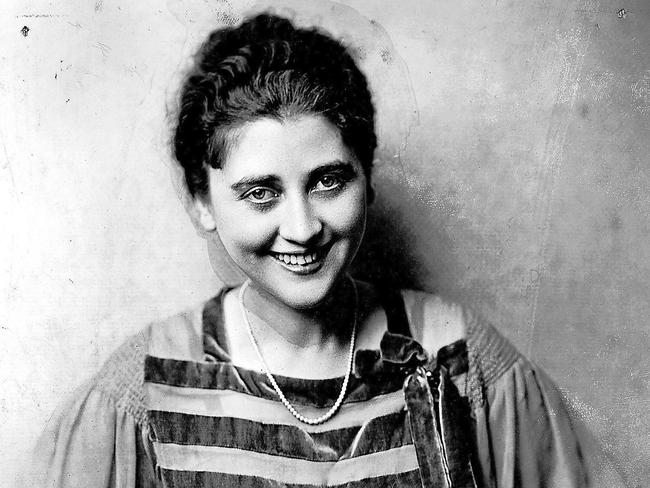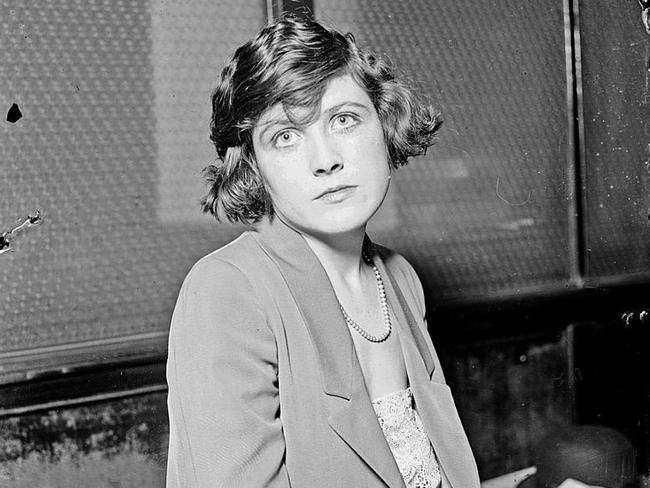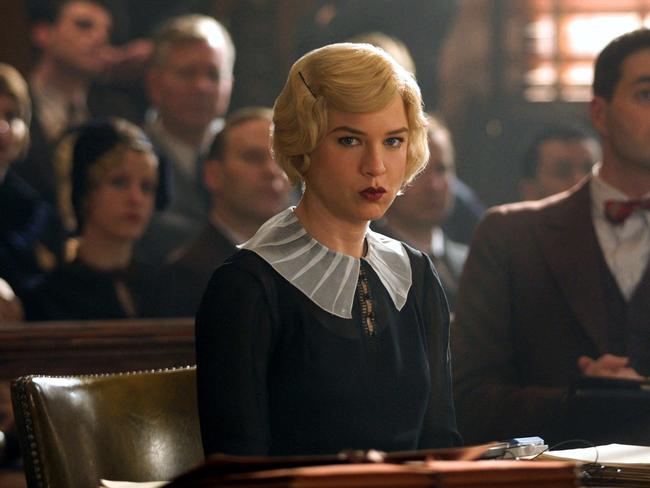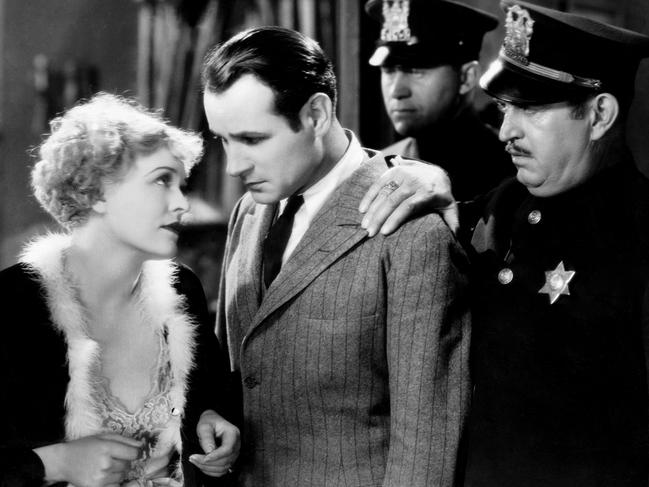Jazz Age beauty who shot her lover inspired Chicago the musical
When Beulah Annan shot dead her lover in 1924 she could never have imagined the act would make her the basis of a character in a hit musical
When Beulah Annan shot dead a man in her apartment in April 1924, she drew the attention of Chicago’s media. This attractive 38-year-old bookkeeper had been having an affair with Harry Kalstedt, a work colleague, but shot him dead after a drunken argument.
The Chicago Tribune sent Maurine Watkins to cover the coroner’s inquest into the crime. Watkins wrote of the accused killer: “They say she’s the prettiest woman ever accused of murder in Chicago — young, slender, with bobbed auburn hair; wide set, appealing blue eyes; tip-tilted nose; translucent skin, faintly, very faintly, rouged, an ingenuous smile; refined features, intelligent expression — an ‘awfully nice girl’ and more than usually pretty.”
She had already picked up on the sympathy men were giving her for being so attractive, despite the fact that she had shot someone dead.


Watkins followed the case while also reporting on other female killer Belva Gaertner, a former showgirl, separated from a millionaire husband, who shot her younger lover. She later told Watkins: “Gin and guns — either one is bad enough, but together they get you in a dickens of a mess, don’t they?”
Watkins’s irony-heavy articles were avidly followed by female readers, many of whom wanted to be like Beula or Belva. Although Watkins only stayed with the Tribune for eight months, it was long enough to see Gaertner and Annan both acquitted of murder. She left the paper and studied playwriting at Yale University, where she wrote the play Chicago, basing the characters Roxie and Velma on the real-life killers.
Chicago had its stage premiere in 1926. It was adapted to film in 1927 and again in 1942. But its most successful adaptation is the stage musical Chicago, written by John Kander and Fred Ebb, which premiered on Broadway in 1975 and was also made into a 2002 Oscar-winning film starring Renee Zellweger and Catherine Zeta Jones. Sydney is now hosting a new revival which opens tonight at the Capitol Theatre.

The musical’s continued success and its relevance to modern times owes much to the woman who wrote it. Maurine Dallas Watkins was born in 1896 in Kentucky. As a child she was known for her imagination and wrote her first play when she was 15, also founding a school newspaper that same year. In 1919 she went to study playwriting at Harvard but left before completing her degree. At the time she decided to leave her studies the Chicago Tribune was looking for women writers to boost their female readership and in 1924 Watkins was hired by the paper.
It was an interesting era for news. The “Jazz Age” was in full swing and crime had almost become a form of entertainment. People eagerly consumed accounts of gangsters flouting the law, but a spate of murders by women was something of a change.

Watkins noted that not everyone was a media darling. Annan and Gaertner both had the whiff of showbiz about them, gaining public sympathy and being acquitted of murdering their boyfriends. Meanwhile, a less attractive Italian immigrant Sabella Nitti, who killed her violent and abusive husband, was found guilty. After being freed, Annan divorced her mechanic husband Al and later married a boxer, who she divorced after three months. She died in 1928 from tuberculosis. Gaertner reconciled with her rich husband and lived in Europe for some years. She died in 1965 aged 80.
Watkins left the paper and went to Yale where she wrote Chicago as a writing class assignment. A scathing comment on falling moral standards in Chicago at the time, it was also hilarious, making it a big hit.
In 1927, Cecil B. DeMille produced the silent film Chicago, starring Phyllis Haver as Roxie. Wary of showing a murderer getting away with her crime, the film version showed Roxie getting some form of retribution. The 1942 film Roxie Hart, starring Ginger Rogers, also messed with Watkins’s story, making Hart completely innocent of the crime.
Not surprisingly Watkins was wary when choreographer and director Bob Fosse asked her to sell him the rights to turn it into a musical. Fosse’s wife Gwen Verdon had seen the play and thought it would make a great musical.
Watkins refused but when she died in 1969 her estate sold the rights to Fosse and Verdon. Kander and Ebb wrote the words and music and in 1975 it opened on Broadway with Verdon as Roxie. Although only a moderate success when it opened, a 1996 revival was a smash hit and the show has been constantly in production somewhere around the world ever since.



